
What is Dance Therapy? Using Movement for Healing
- 1- Introduction to Dance Therapy
- 2- Benefits of Dance Therapy
- 3- Types of Dance Therapy
- 4- How Does Dance Therapy Work?
- 5- Who Can Benefit from Dance Therapy?
1- Introduction to Dance Therapy
Dance therapy, also known as Dance/Movement Therapy (DMT), is a psychotherapeutic approach that uses movement to support emotional, cognitive, and physical integration. This therapeutic technique combines the physical movement of dance with psychological concepts, making it a holistic approach to healing. Dance therapy allows individuals to express feelings that are difficult to put into words, helping them process emotions and improve mental well-being.
2- Benefits of Dance Therapy
The benefits of dance therapy extend beyond physical fitness; it is a tool for emotional and mental healing. Here are some key benefits:
- Emotional Expression: Dance therapy helps individuals release emotions and express themselves when words might fail. It can be particularly helpful for those with trauma, depression, or anxiety.
- Stress Relief: Physical movement triggers the release of endorphins, reducing stress and promoting a sense of well-being.
- Improved Body Awareness: It enhances mind-body connection, helping individuals become more aware of their bodies and how they hold tension or stress.
- Improved Mental Health: Dance therapy can improve self-esteem, reduce symptoms of anxiety and depression, and foster better mental health overall.
3- Types of Dance Therapy
There are several different styles of dance therapy, each with a unique approach to healing:
- Free-Form Dance: Involves spontaneous movement and self-expression, without structured steps or choreography.
- Guided Movement: The therapist leads the individual through specific movements designed to elicit emotional or psychological responses.
- Group Dance Therapy: In a group setting, participants use movement to interact and communicate, promoting social bonding and group dynamics.
- Body-Mind Integration: Focuses on the connection between physical movement and emotional expression, integrating both for therapeutic results.
4- How Does Dance Therapy Work?
Dance therapy works by creating a safe space for individuals to explore their feelings through movement. During a session, the therapist encourages the participant to move in ways that represent their emotions. The therapist then provides feedback or guides the person to explore their movements further. This can lead to insights into their emotions and thoughts that may not have been accessible through traditional talk therapy.
Additionally, dance therapy helps individuals release physical tension, enabling them to relax and be present in the moment. Whether moving solo or in a group, the act of dancing opens up new pathways for healing and self-awareness.
5- Who Can Benefit from Dance Therapy?
Dance therapy can benefit a wide range of individuals:
- Those with Emotional Trauma: People who have experienced trauma or have difficulty expressing emotions can use dance as a non-verbal outlet for healing.
- Individuals with Mental Health Issues: Those struggling with anxiety, depression, or stress can find relief through the emotional release offered by dance therapy.
- Children and Adolescents: Dance therapy can be especially beneficial for young people who may find it hard to articulate their feelings verbally.
- Individuals Seeking Physical Healing: For people with chronic pain or movement disorders, dance therapy can help improve mobility and alleviate discomfort.
No matter your age or background, dance therapy offers a unique and effective way to connect your mind, body, and emotions for a healthier, more balanced life.
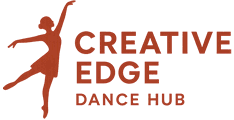



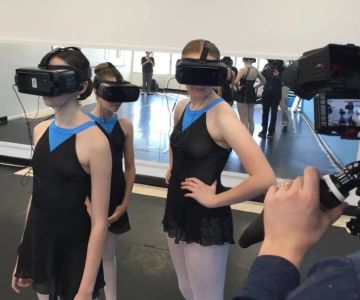
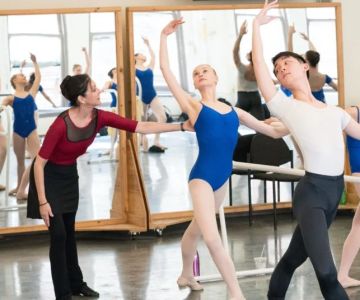
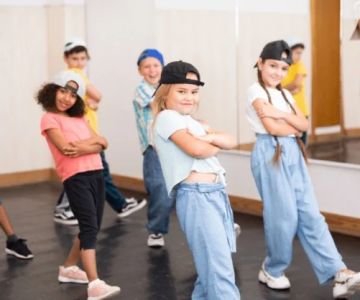
 Crescent Moon Belly Dance4.0 (26 reviews)
Crescent Moon Belly Dance4.0 (26 reviews) Hooley Irish Dance5.0 (46 reviews)
Hooley Irish Dance5.0 (46 reviews)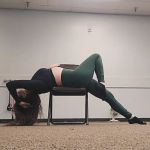 Sundance Yoga Studio - Aerial, Restorative & Gentle Yoga Classes in Pearland4.0 (16 reviews)
Sundance Yoga Studio - Aerial, Restorative & Gentle Yoga Classes in Pearland4.0 (16 reviews) Open Door4.0 (7 reviews)
Open Door4.0 (7 reviews) Dance Phase5.0 (10 reviews)
Dance Phase5.0 (10 reviews)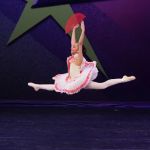 New Hope Dance & Drama at New Hope Performing Arts Center4.0 (7 reviews)
New Hope Dance & Drama at New Hope Performing Arts Center4.0 (7 reviews) How I Built Confidence to Lead a Dance Masterclass — My Personal Journey
How I Built Confidence to Lead a Dance Masterclass — My Personal Journey My Journey of Turning My Home Into a Mini Dance Studio – Lessons Learned
My Journey of Turning My Home Into a Mini Dance Studio – Lessons Learned How to Pack for a Dance Convention or Multi-Day Workshop
How to Pack for a Dance Convention or Multi-Day Workshop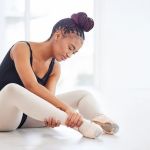 The Best Low-Impact Dance Styles for Joint Pain or Injuries
The Best Low-Impact Dance Styles for Joint Pain or Injuries My Story of Learning to Dance After 10 Years of Not Moving — Age Doesn’t Stop You
My Story of Learning to Dance After 10 Years of Not Moving — Age Doesn’t Stop You What is Krump? An Emotional and Energetic Dance Form
What is Krump? An Emotional and Energetic Dance Form